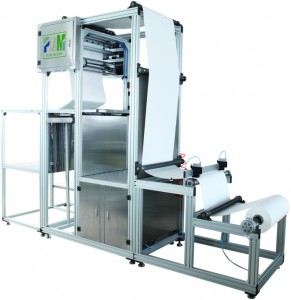Nov . 02, 2024 13:20 Back to list
water purification systems
Water Purification Systems Ensuring Clean and Safe Drinking Water
Access to clean and safe drinking water is one of the most critical challenges faced by communities across the globe. Water purification systems serve as essential technologies that provide solutions to this pressing issue, protecting public health and ensuring the availability of potable water. These systems vary in design and functionality, catering to diverse water quality issues, ranging from minor contaminants to serious pollutants.
Water purification involves the removal of undesirable chemicals, biological contaminants, and suspended solids from water. The primary goal is to produce water that is safe for human consumption and suitable for other specific uses. The process can include various methods, including filtration, distillation, reverse osmosis, and ultraviolet (UV) disinfection.
One of the most widely used systems is reverse osmosis (RO). This method employs a semi-permeable membrane that allows water molecules to pass through while filtering out larger particles and contaminants. Reverse osmosis is particularly effective in desalinating seawater, making it suitable for areas that suffer from freshwater scarcity. It can remove up to 99% of contaminants, including minerals and chemicals, resulting in exceptionally pure water.
Another important method is UV disinfection, which uses ultraviolet light to kill or inactivate harmful microorganisms. This technique is highly effective against bacteria, viruses, and other pathogens that may be present in water sources. The advantage of UV purification is that it does not involve the use of chemicals, making it an environmentally friendly option. However, UV systems require clear water for optimal effectiveness, as sediment or turbidity can shield microorganisms from UV light.
water purification systems

Activated carbon filtration is a popular choice for addressing chemical contaminants and improving water taste and odor. The porous structure of activated carbon adsorbs a wide range of pollutants, including chlorine, volatile organic compounds (VOCs), and heavy metals. These filters are often used in household water purification systems, as they are relatively simple to install and maintain.
While these various systems are effective at purifying water, it is essential to select the right type of purification method based on specific water quality concerns and the intended use of the water. Testing water quality is a critical step in determining the most appropriate purification system. Parameters such as pH, turbidity, and the presence of contaminants should be assessed to ensure the chosen method effectively addresses the specific issues.
Moreover, the development of innovative technologies in water purification continues to evolve. Emerging solutions like nanotechnology and solar-powered purification systems hold promise for enhancing efficiency and accessibility in water treatment, particularly in underserved regions. These advancements aim to provide sustainable and affordable solutions to ensure that everyone has access to safe drinking water.
In conclusion, water purification systems play a vital role in safeguarding public health and providing access to clean drinking water. With various methods available, it is essential to choose a suitable system tailored to specific water quality needs. Continued innovation in this field is crucial for addressing the ongoing global challenge of ensuring safe and sustainable water access for all.
-
High-Efficiency Active Carbon Air Filter for Air Purifier | Odor & Allergen Removal
NewsJul.23,2025
-
Active Carbon Air Filter for Air Purifier – High Efficiency Filtration Solution
NewsJul.22,2025
-
Durable Sintered Porous Metal Filter Tube Cup & Machines
NewsJul.22,2025
-
Effective Active Carbon Air Filter for Purifiers | Eliminate Odors
NewsJul.21,2025
-
PLJT-250-25 Full-auto Turntable Clipping Machine | Efficient Automation
NewsJul.20,2025
-
Cheap PLJY109-500 Full-Auto HDAF Expanded Mesh Spiral Coiling Machine - High Efficiency & Quality Manufacturer
NewsJul.08,2025
